
Prunus subhirtella var. pendula (Weeping Cherry)
Height: 15.00 to 25.00 feet Spread: 15.00 to 25.00 feet Bloom Time: April Bloom Description: Light pink to rose pink Sun: Full sun to part shade Water: Medium Maintenance: Medium Suggested Use: Flowering Tree Flower: Showy Leaf: Good Fall Attracts: Birds Garden locations Culture
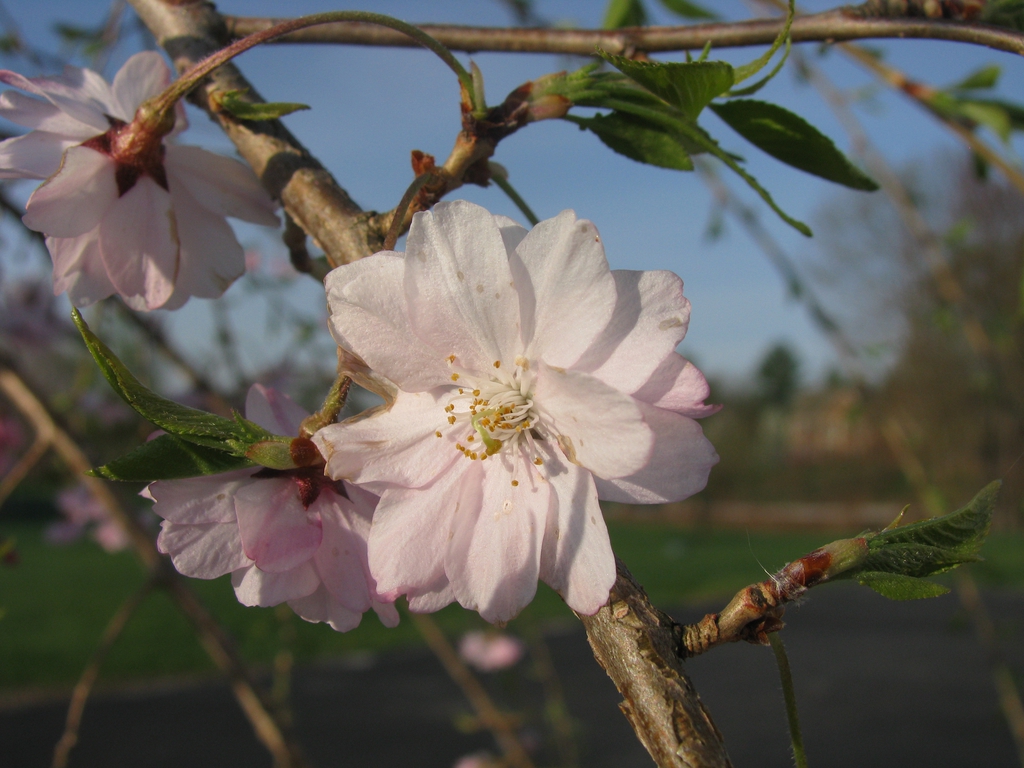
Prunus x subhirtella 'Pendula' (Weeping Higan Cherry) North Carolina Extension Gardener Plant
Prunus subhirtella Miq. Prunus subhirtella. Miq. A small deciduous tree, with twiggy, erect branches, 20 to 30 ft high; branchlets hairy, especially when young. Leaves 1 1 ⁄ 2 to 3 in. long, scarcely half as wide; ovate, taper-pointed, sharply, unequally, often doubly toothed; downy on the midrib and veins beneath; leaf-stalk 1 ⁄ 4 in. long.
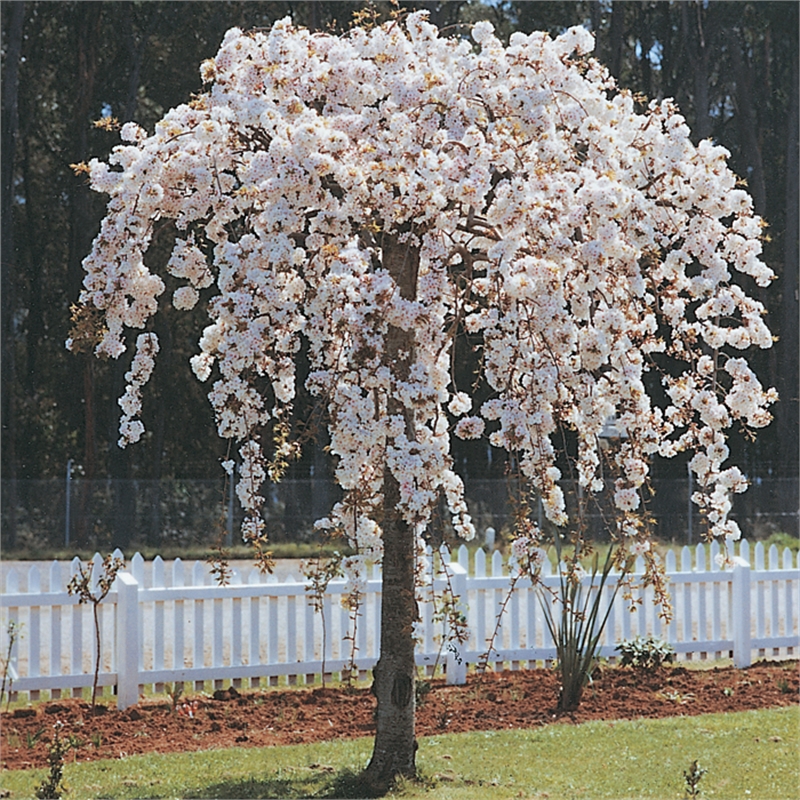
Our Range The Widest Range of Tools, Lighting & Gardening Products
'Pendula' is a medium-sized tree noted for its showy early Spring blooms, rapid growth, and strongly weeping habit to the ground, with its upper arching branches becoming mounding with age.
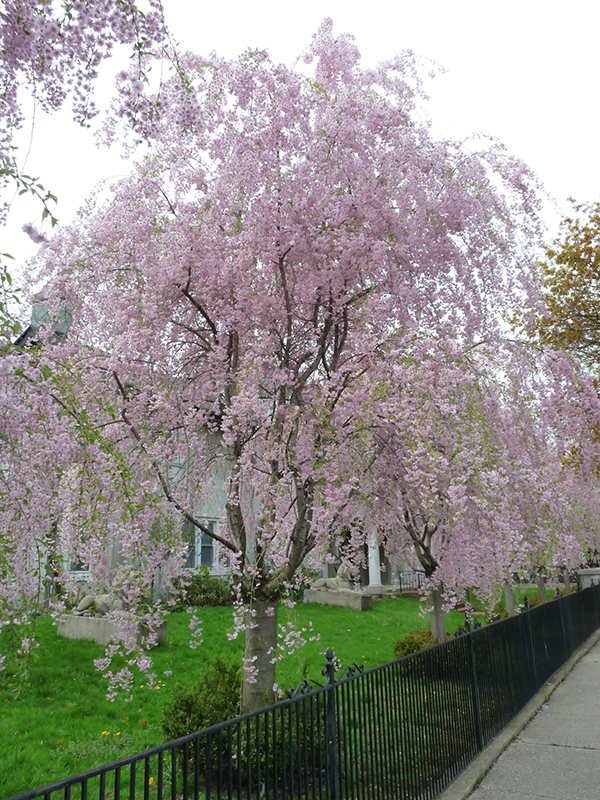
Weeping Higan Cherry (Prunus subhirtella 'Pendula') in Boston Hopkinton Chelmsford Hingham
The Prunus subhirtella 'Pendula' also called Weeping Higan Cherry grows 20 to 30 feet tall and spreads 15 to 25 feet in a weeping habit. Leaves stay glossy green throughout the summer and into the fall when they turn a vivid yellow before leaving the tree bare in winter. The Weeping Higan Cherry blooms in the spring, having light pink (almost white) flowers that cover the branches before the.
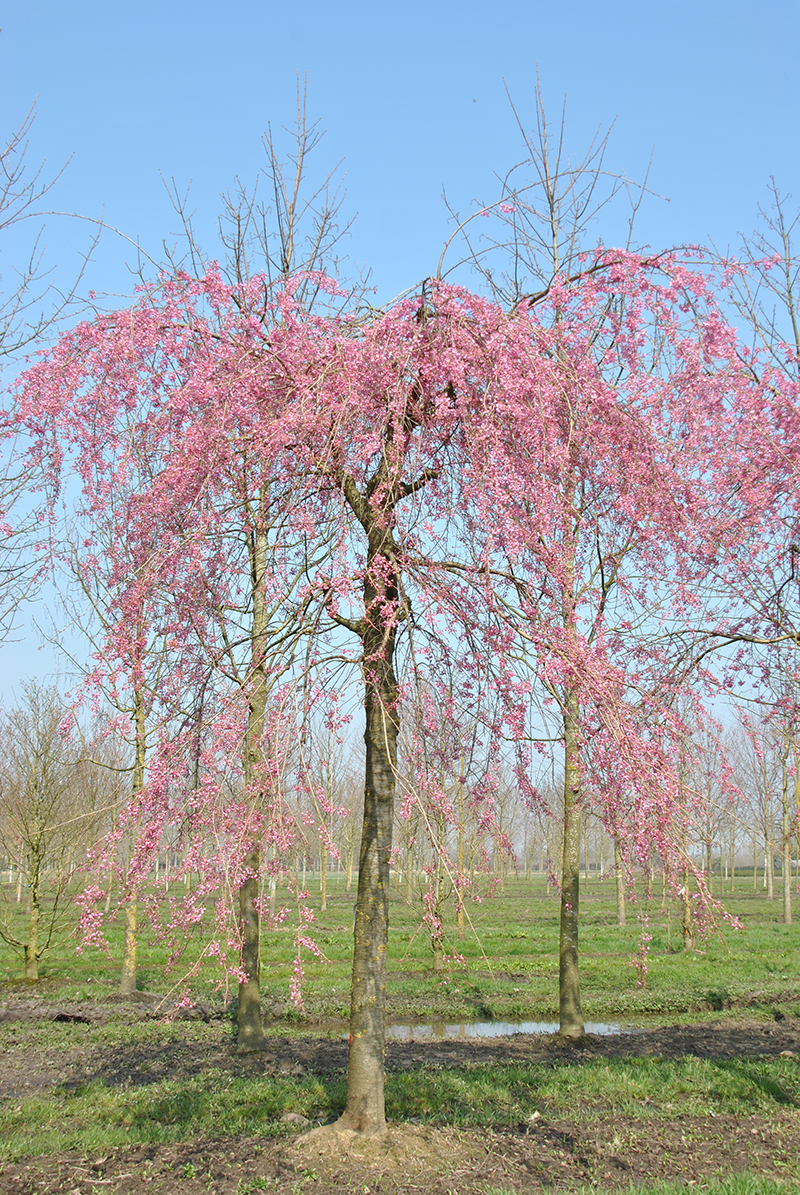
Prunus ×subhirtella 'Pendula Plena Rosea' Prunus ×subhirtella 'Pendula Plena Rosea' Van den
General Information Scientific name: Prunus subhirtella Pronunciation: PROO-nus sub-her-TELL-uh Common name (s): Weeping Higan Cherry Family: Rosaceae USDA hardiness zones: 5A through 8B (Fig. 2) Origin: not native to North America Invasive potential: little invasive potential Uses: specimen; shade Availability: not native to North America

Prunus subhirtella 'Pendula' Prunus subhirtella 'Pendula'.… Flickr
DESCRIPTION Height: 20 to 30 feet Spread: 15 to 25 feet Crown uniformity: irregular outline or silhouette Crown shape: weeping Crown density: moderate Growth rate: fast Texture: fine Foliage

Prunus subhirtella Pendula Rosea YouTube
Family: Rosaceae Native Range: Japan Zone: 4 to 8 Height: 20.00 to 30.00 feet Spread: 15.00 to 25.00 feet Bloom Time: April Bloom Description: Pink to white Sun: Full sun to part shade Water: Medium Maintenance: Low Suggested Use: Flowering Tree Flower: Showy Attracts: Birds Fruit: Showy Garden locations Culture
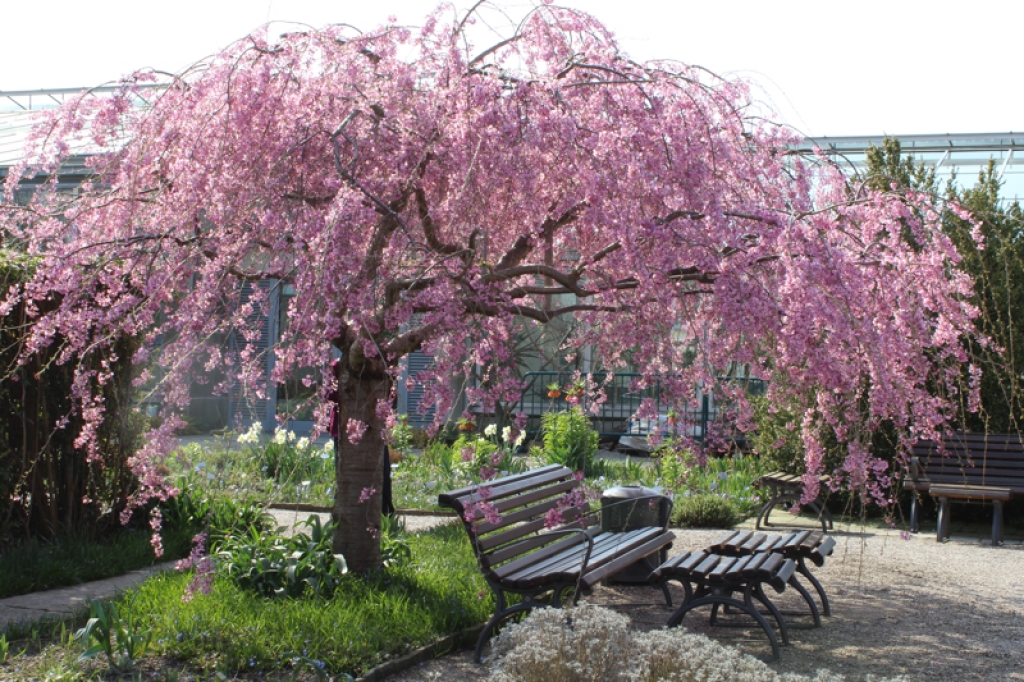
Prunus subhirtella ‘Pendula Rubra’ MaestroVerde. Vivaio di piante ornamentali.
DETAILS STYLE CARE Care Provide humus-rich, well-drained soil. Water deeply and regularly during the first growing season to establish an extensive root system; once established, reduce frequency. Feed with a general purpose fertilizer before new growth begins in spring. Prune for shape and structure after flowering. This Plant's Growing Zones: 5-8

Prunus subhirtella 'Pendula' from Neil Vanderkruk Holdings Inc.
Pronunciation: PROO-nus sub-hir-TEL-la Family: Rosaceae Genus: Prunus Synonyms: P. subhirtella var. pendula Type: Broadleaf Native to (or naturalized in) Oregon: No Deciduous tree, 15-20 ft (4.5-6 m), weeping, twiggy, slender whip-like branches, usually grafted about 5-6 ft to an understock.
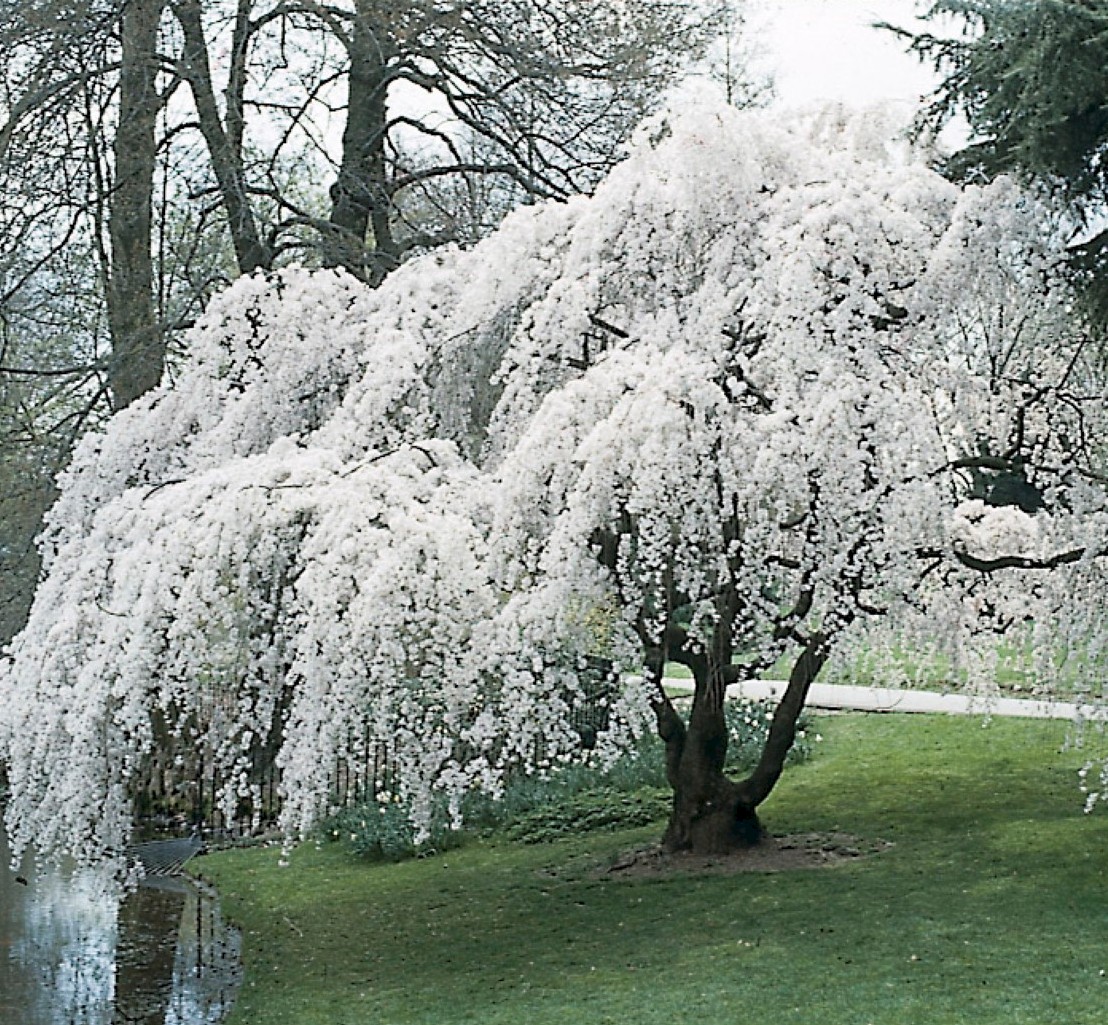
Prunus ×subhirtella 'Pendula' Prunus ×subhirtella 'Pendula' Van den Berk Nurseries
Description One of the longest-lived cherries, it prefers full sun, moist, well-drained soil. It is an upright tree that spreads as it matures. It tolerates summer heat, winter cold and clay soil better than other cherries. Plant it as a specimen tree, in small groups, in a lawn, park, or along a street, This tree is frequently damaged by deer.

Prunus subhirtella 'Pendula Rubra' Weeping Cherry Tree Ornamental Fruit Tree 56ft
It is deciduous, grafted, and grows up to 40 feet tall and wide with pendulous branches that are ascending, slender, pendulous, scabrate, and have double pink flowers in umbrels of 2-5 blooms in spring. It prefers moist, well-drained soils of average fertility in full sun, but is adaptable to poorer soils, compaction and dry soils once established.

Prunus ×subhirtella 'Pendula' Treursierkers (cv) Van den Berk Boomkwekerijen
The genus bears pink flowers; the cultivar, Prunus pendula 'Pendula Rosea,' as it is now called, bears single pink flowers (Rosea means "pink" or "rosey"; Pendula means "weeping"), while Prunus pendula 'Pendula Plena Rosea' bears pink double flowers.
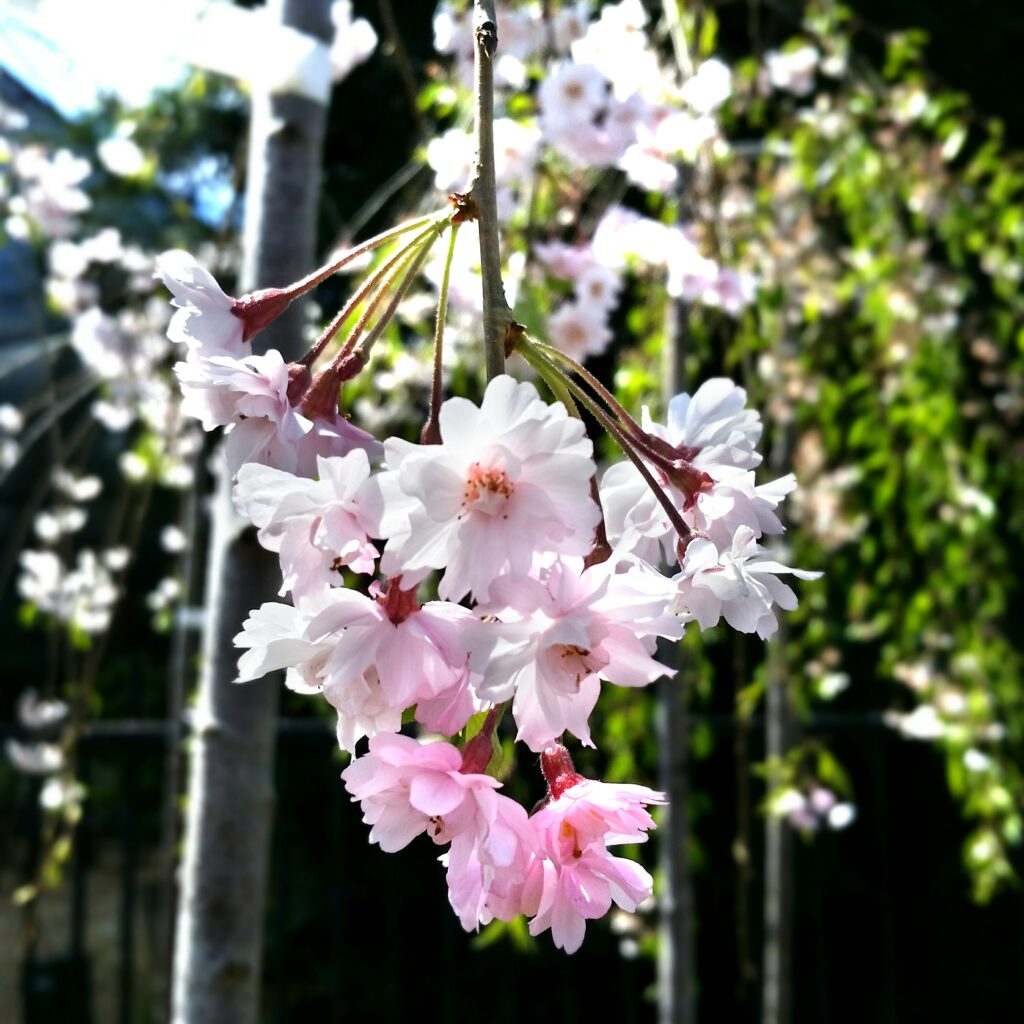
Prunus subhirtella 'Pendula' Weeping Cherry Mid Valley Trees
Prunus x subhirtella, commonly known as the Higan cherry, Spring cherry or Rosebud cherry, is a hybrid species of flowering cherry tree native to Japan. Habit and Size: Depending on the cultivar, it exhibits a graceful upright branching, broad and spreading habit, or a rounded or weeping habit. The tree typically reaches a height of 20 to 30.
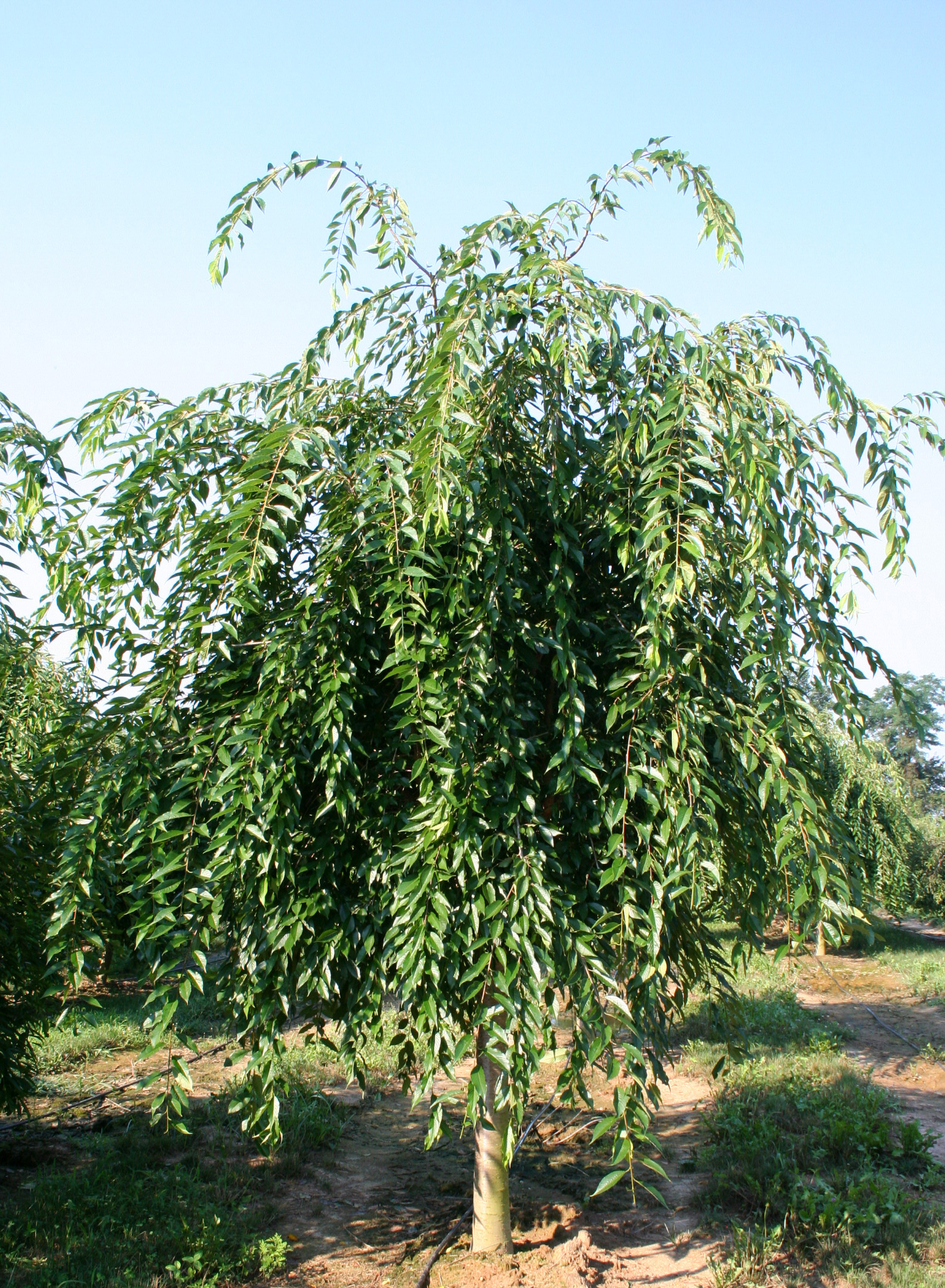
Prunus subhirtella Pendula 2 Moon Nurseries
Prunus subhirtella 'Pendula' Higan Cherry Rosaceae Habitat native to Japan hardy in zone 5, and warmer parts of 4 Habit and Form a medium deciduous tree 20' to 40' tall with an almost equal spread grafted at about 6' weeping habit medium texture fast growth rate Summer Foliage simple, deciduous leaves alternate leaf arrangement
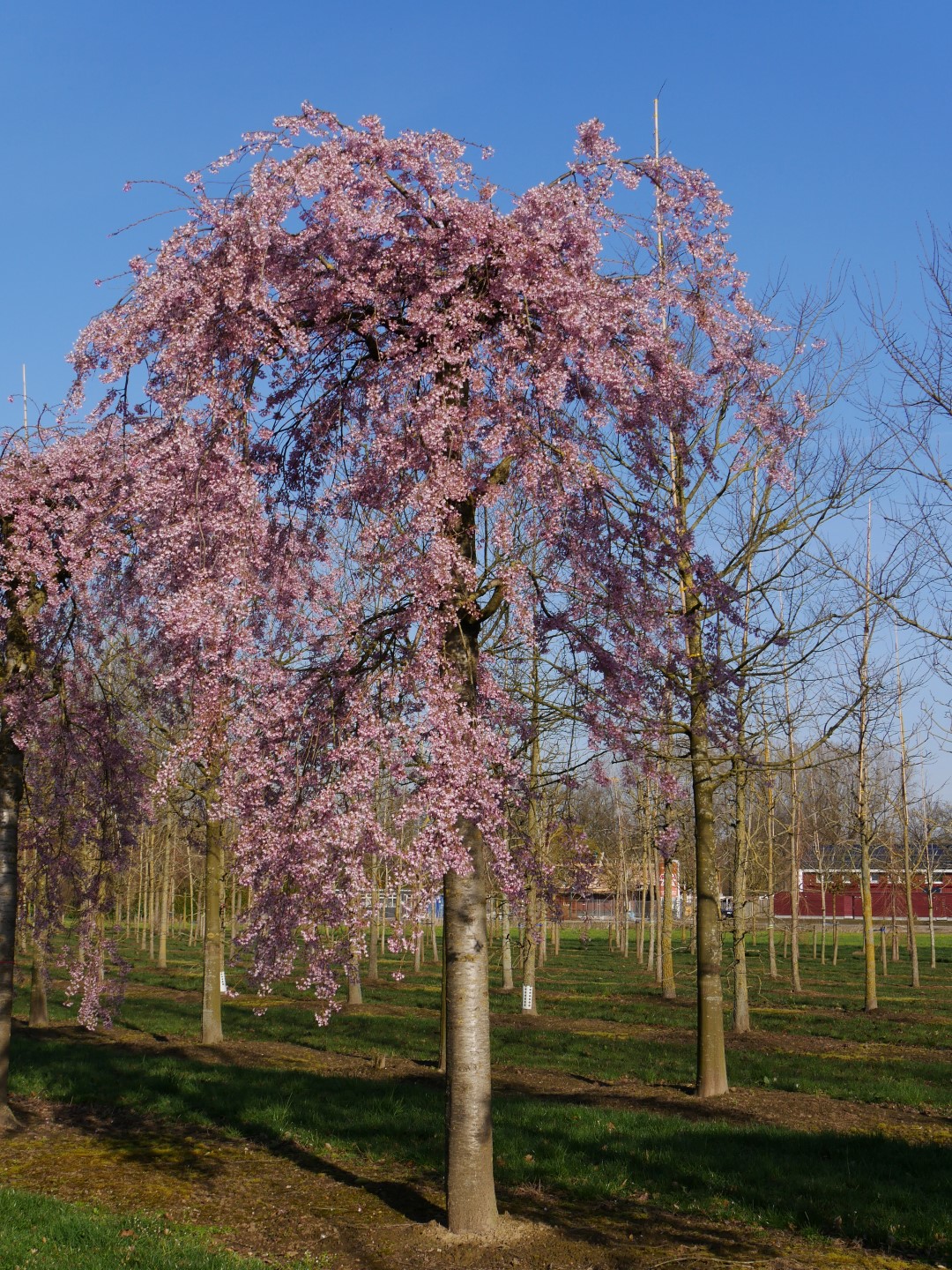
Prunus ×subhirtella 'Pendula Rubra' Prunus ×subhirtella 'Pendula Rubra' Van den Berk Nurseries
Prunus pendula, also known as Weeping Cherry, is a spectacular ornamental tree renowned for its graceful, pendulous branches and beautiful springtime display of flowers. Native to Japan, it has been widely cultivated in gardens and parks around the world for its aesthetic appeal.

Prunus subhirtella 'Pendula Rubra', Hängende Winterkirsche 'Pendula Rubra'
Prunus × subhirtella, the winter-flowering cherry, [2] spring cherry, or rosebud cherry, [3] is the scientific name for the hybrid between Prunus itosakura and Prunus incisa. [4] [5] [6] It is a small deciduous flowering tree originating in Japan, but unknown in the wild. P. × subhirtella 'Omoigawa' P. × subhirtella 'Ujou-shidare'